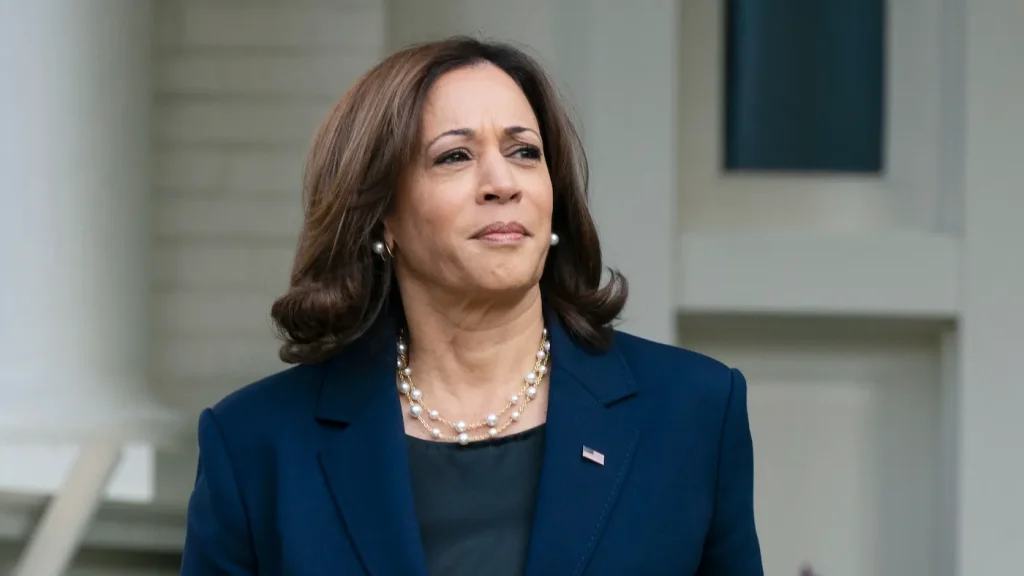Harris Pledges 3 Million New Homes in Bold Ad Campaign

Washington, D.C., The Gulf Observer: U.S. Vice President and Democratic presidential nominee Kamala Harris has unveiled a major advertising campaign to promote her ambitious plan to build three million new homes over the next four years. The initiative, aimed at curbing inflationary pressures and addressing the national housing shortage, presents a stark contrast to the approach of her Republican opponent, former President Donald Trump.
The new minute-long advertisement, released on Tuesday, highlights Harris’s personal connection to the housing issue, drawing on her experience growing up in rental housing while her mother saved for a decade to buy a home. The ad is specifically targeting voters in key swing states, including Arizona and Nevada, where housing costs have been a significant concern. In conjunction with the ad, Harris’s campaign surrogates are holding 20 events this week focused on housing issues across the country.
Harris’s plan not only aims to increase the supply of homes but also proposes providing up to $25,000 in assistance to first-time buyers, a move designed to make homeownership more accessible to a broader range of Americans. With shelter costs rising 5.1 percent over the past 12 months—compared to an overall inflation rate of 2.9 percent—housing has become a crucial issue in the current economic landscape.
“Vice President Harris knows we need to do more to address our housing crisis, and that’s why she has a plan to end the housing shortage,” said Dan Kanninen, the Harris campaign’s battleground states director. He added that the plan would also crack down on “corporate landlords and Wall Street banks hiking up rents and housing costs.”
The Harris housing agenda includes tax breaks for homebuilders focused on first-time buyers and expanded incentives for companies that construct rental housing. Recognizing the role of local zoning laws in restricting home supply, Harris also proposes doubling the available funding to $40 billion to encourage local governments to remove these regulatory barriers.
In contrast, Trump, who built his career as a real estate developer, has focused on different strategies to address housing costs. Despite his reputation, data shows that the housing shortage persisted during his presidency and has continued to worsen. Trump has suggested that reducing illegal immigration would lower housing demand and prices. He has also proposed opening more federal land for home construction and chartering new cities as potential solutions.
Trump’s campaign has strongly opposed Democratic efforts to encourage the construction of apartments and condominiums in suburban and urban areas, which could alleviate the housing shortage. He has labeled these initiatives as “Marxist” and part of a “war on the suburbs” that would destroy property values. Trump’s campaign also argues that Harris’s housing plan is financially untenable, despite his own mixed record on managing federal spending.
Harris’s campaign is set to host housing affordability events in key battleground states, including Pennsylvania, Arizona, Nevada, North Carolina, and Georgia. These efforts are intended to resonate with voters in areas where housing costs have placed significant strain on household budgets.
The housing crisis remains a pressing issue, with more than 650,000 Americans living in shelters or outside in tents or cars, according to a 2023 U.S. Housing and Urban Development report. This figure represents a 12 percent increase from the previous year and is the highest recorded since the yearly point-in-time survey began in 2007. Advocates note that older adults and people of color are disproportionately affected by this crisis.
As the race for the White House intensifies, housing policy has emerged as a central issue, with Harris and Trump offering starkly different visions for addressing the challenges facing millions of Americans.


